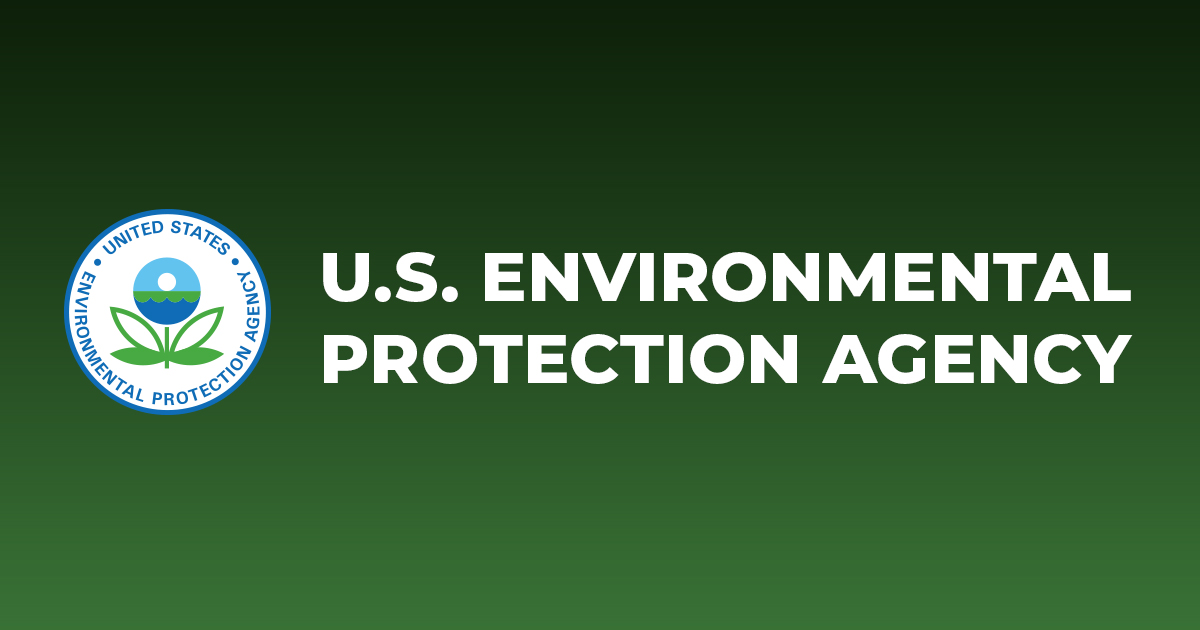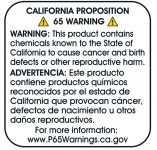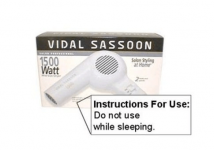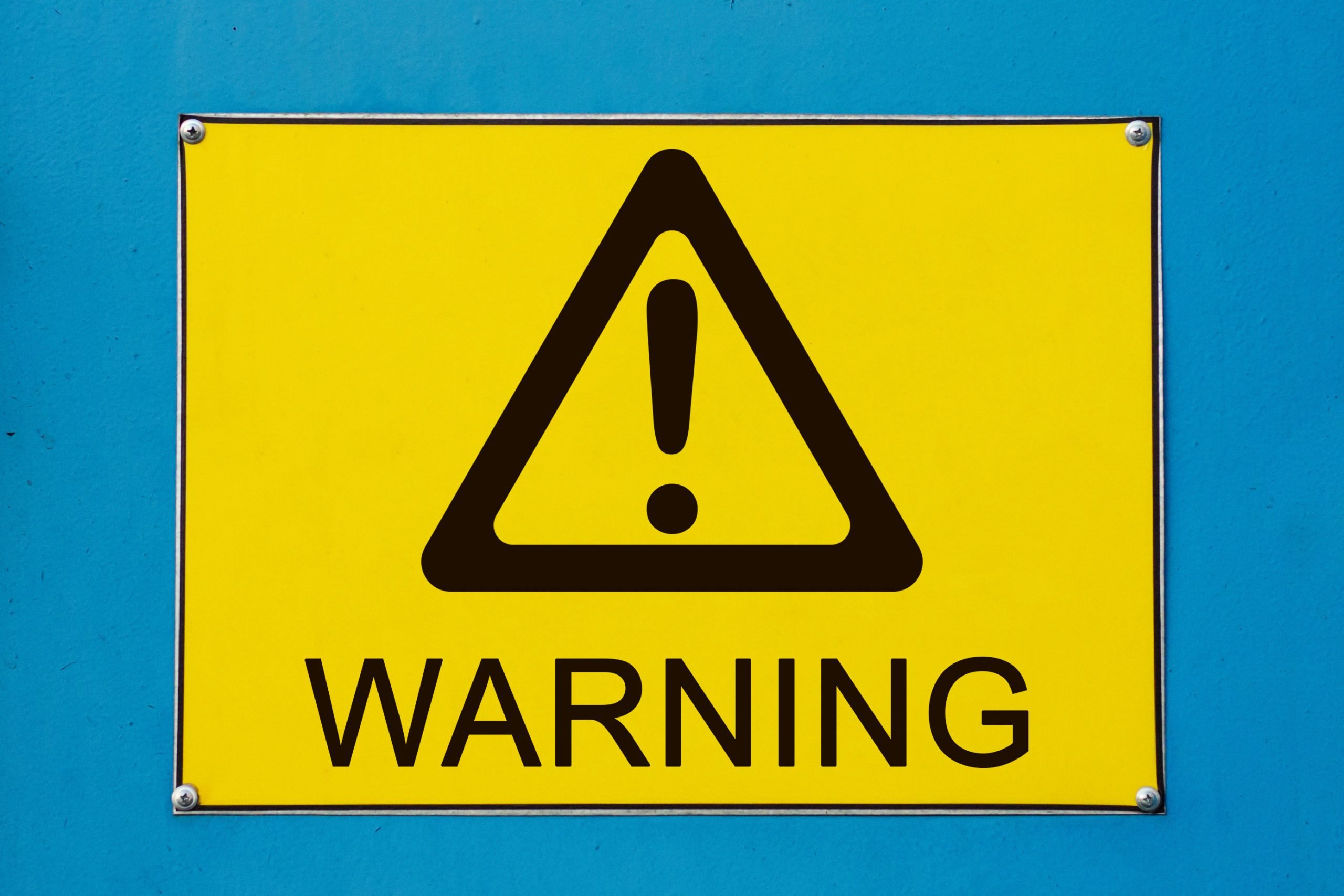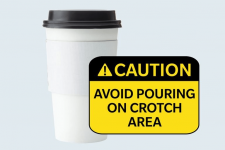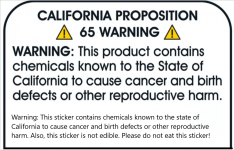I know that maybe the following text will seem a bit excessive to you but I said to put my concern as there are several scientists in this group and they will be able to help me or reassure me.
Recently near the pool are I did some simple pavement work on the floor using concrete. As my pool does not have a cover and the builders are not always careful some considerable amounts of cement in liquid or solid form (dust) fell into the bottom of the pool. However, using Vaccum to waste and running the filter for a day the pool is now clean and balanced. No signs of dusty or cloudy water.
I found out today that the cements used had expired (about a year before).
Searching up what can go wrong with an expired cement, I saw that it can have an increased concentration of one element namely Chromium 6 (Cr6) which is highly toxic and very soluble in water.
Now, I am not concerned about the pavement work but about the safety of the pool water. Am I getting it too far? Would you suggest to empty and refill the pool?
Recently near the pool are I did some simple pavement work on the floor using concrete. As my pool does not have a cover and the builders are not always careful some considerable amounts of cement in liquid or solid form (dust) fell into the bottom of the pool. However, using Vaccum to waste and running the filter for a day the pool is now clean and balanced. No signs of dusty or cloudy water.
I found out today that the cements used had expired (about a year before).
Searching up what can go wrong with an expired cement, I saw that it can have an increased concentration of one element namely Chromium 6 (Cr6) which is highly toxic and very soluble in water.
Now, I am not concerned about the pavement work but about the safety of the pool water. Am I getting it too far? Would you suggest to empty and refill the pool?



